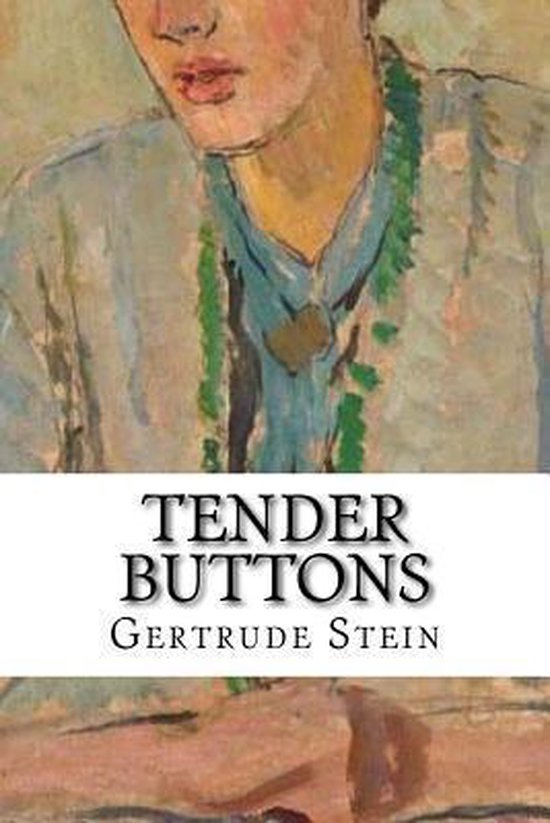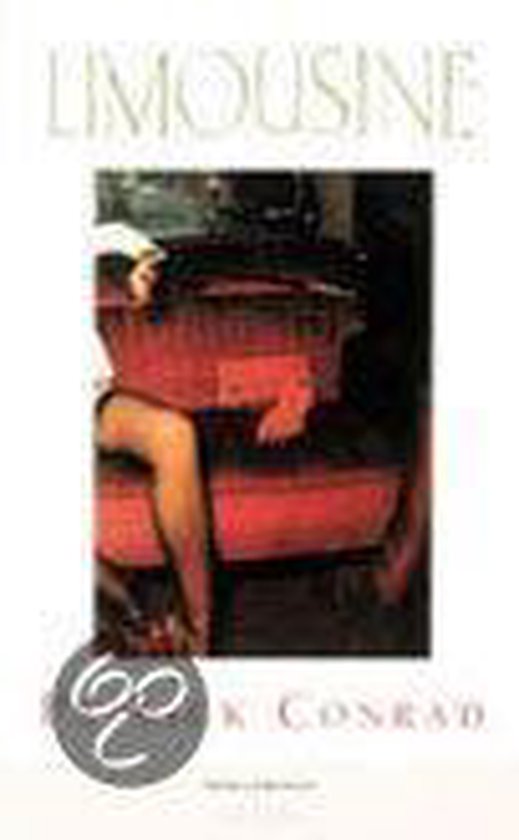
Gertrude Stein
Two Classic Works by the renowned author.
Three Lives consists of three stories set in the fictional town of Bridgepoint: The Good Anna, Melanctha, and
The Gentle Lena—straightforward portraits of women living in the early twentieth century.
The Good Anna describes a demanding German house servant.
Melanctha explores the love affair of an African-American woman.
The Gentle Lena narrates the fate of a serene German maid.
Since its initial publication, Three Lives has caused much controversy, due to the unabashedly racist remarks and stereotypical representations of African Americans in her story, Melanctha.
Yet these are daring and remarkable prose experiments—that reflect Gertrude Stein’s revolt against the standard narrative style of realism.
As she composed these works, Stein sought to emulate the aesthetic of such innovative painters as Cezanne, Picasso, and Matisse.
She was rejecting the more traditionally literary emphasis on social order and plot, replacing them with a focus on language, tone, and description.
Despite its racist depiction of African Americans, Three Lives is a simple yet stunning view of the lives of three distinct women that catapulted Stein to the forefront of the influential American Modernist movement, which inspired such later novelists as Ernest Hemingway and Jack Kerouac.
"Tender Buttons is a dazzling work that rewards close study and requires a willingness to let go of the need for concrete, literal storytelling."
—Christopher Luna, Rain Taxi Review of Books
"Tender Buttons" (The title Tender Buttons, of course, refers to a woman’s nipples), is one of the great Modern experiments in verse, a small book separated into three sections: Food, Objects, and Rooms—each containing prose under subtitles; a series of descriptions defying conventional syntax.
Before becoming the patron of Lost Generation artists, Gertrude Stein established her reputation as an innovative author whose style was closer to painting than literature.
At once considered a masterpiece of verbal Cubism, a modernist triumph, a spectacular failure, a collection of confusing gibberish, and an intentional hoax, the book is perhaps more often written about than read.
Its first poem, "A Carafe, That Is a Blind Glass", is arguably its most famous, and is usually cited as one of the quintessential pieces of Cubist literature.
By both redefining and undermining meaning merely through experimental grammar, Stein is able to displace everyday objects into new contexts, resulting in the reader's redefinition and reassessment of the reality of the mundane.
GERTRUDE STEIN (1874-1946) was one of the most important and innovative American writers of literary modernism, as well as one of the great art collectors and salon hosts of the period. A pioneering lesbian writer, Stein lived most of her life in Paris and became famous in the U.S. with the publication of The Autobiography of Alice B. Toklas (1933). Many poets and novelists, including William Gass, Sherwood Anderson, E. E. Cummings, and Ernest Hemingway, cited her as an influence.
| Auteur | | Gertrude Stein |
| Taal | | Engels |
| Type | | E-book |
| Categorie | | Literatuur & Romans |





